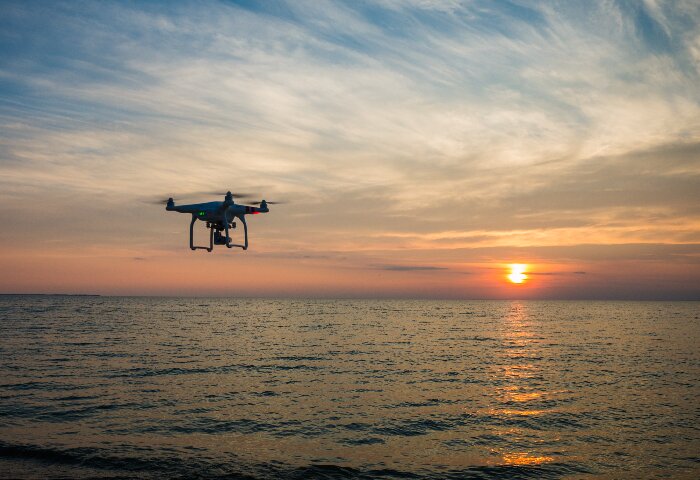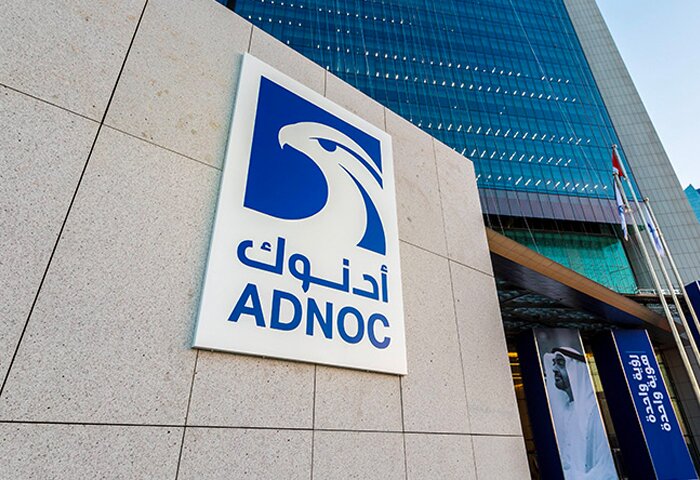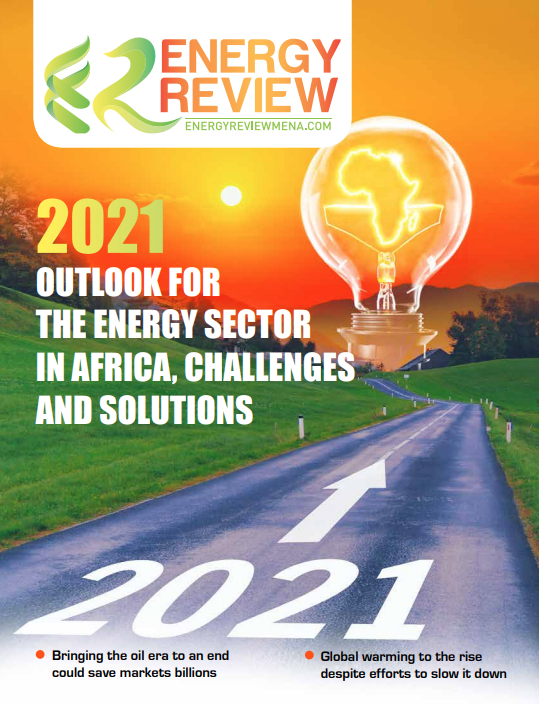Unmanned aerial vehicles (UAV) or drones have evolved from being devices with a single propeller to quadcopters to powerful and perfect flying machines today. The agility and swiftness of drones, especially in the sensing and imaging technology, have found an important place in all the three sectors (upstream, midstream and downstream) of the oil and gas industry. Further, aided by the availability of 5G dedicated network applications, their usability have proven to be an effective tool of assistance for the industry’s toughest of operations.
Since 2014, the adoption of commercial drone technology across oil and gas to support maintenance and asset integrity management of tanks and pipeline infrastructure has witnessed speedy growth. In 2019, The Abu Dhabi National Oil Company (ADNOC) collaborated with France’s Total to deploy drones and unmanned vehicles to collect 3D seismic data to search for oil and gas resources in Abu Dhabi. It was the first time in the region that such seismic sensors were deployed to conduct seismic surveys in the desert, which is a tough terrain for both humans and equipment. Using the technology, ADNOC was able to develop a safer, efficient and cost-effective acquisition system to acquire 3D and 4D high resolution seismic images of the subsurface in real-time to get clearer understanding of the subsurface, minimizing geoscience and drilling uncertainties and optimising field production.
Powerful drone solutions can bring increased efficiency and optimization in the O&G industry, enabling access to critical spatial and visual data and drastically cutting down operational down time.
Recent market studies show that the global oil and gas drone services market is expected to grow at a CAGR of approximately 60.96% from 2020–2025. Several oil and gas companies, such as BP and Shell, Gazprom, Exxon Mobile and many others have already started using drone services are a part of digitalization in their operations.
Increased demand
Out of the three sectors in O&G, the midstream is generally viewed as the fastest growing markets. Midstream activities include the processing, storing, transporting and marketing of oil, natural gas, and natural gas liquids. Hence, the demand for associated infrastructure such as pipelines and refinery is expected to increase in the market, thus offering greater business opportunities for the oil and gas drone services providers. For instance, BP uses drones to track vehicles, and other automation technologies to carryout high-risk operations. Gazprom is using drone technology to facilitate fast, safe, and reliable data collection at a lower cost as well as to explore oil and gas resources in Siberia. Shell is utilizing drones to perform asset inspections using different sensor equipment and drone technology combinations.
Some of the popular uses cases of drone technology in the O&G industry are as follows:
General visual inspection: Allows drones to fly over the assets collecting high resolution thermal and long-range zoom camera data to conduct a safe and systematic inspection of all kinds of surface facility assets without the need to fly over people or property.
Confined space inspection: Allows the drones to fly inside tanks and high risk structures closely without requiring manned entry into the tanks saving huge amounts of time and cost and is much safer than traditional methods such as scaffolding and other dangerous inspection techniques.
LIDAR scanning: This technology is used to make an accurate 3D reconstruction of the asset known as “as built model” which are indispensable for asset management in oil and gas or heavy industries. It is hugely helpful where assets do not have blueprints or updated schematics. Autonomous drone LIDAR technology is able to fly inside potentially risky industrial assets and make accurate As Built Models.
Some limitations
Despite its various benefits such as cost-effective and efficient monitoring capabilities, drone technology somewhat faces limitations such as shorter flight time, low speed, vulnerability to hackers, and susceptibility to weather, hindering market growth.
AI and drones
However, developments in the drone technology are not showing any signs of slowing down. The integration of artificial intelligence (AI) with the drone along with the development of thermal imaging and methane gas detection has been a powerful factor leading to the adoption of the drone by the oil and gas operators. With this development, the ubiquity of drone coverage has expanded beyond remaining within visible sites as the drone can now fly beyond-the-visual-line-of-sight (BVLS) and gather much more data without human intervention and the data can be processed real-time to be analyzed, helping gas operator to prevent mishaps or leakage even during the operation.
Drone technology has indeed positioned itself as an important technology in oil and gas industry as well as other heavy industries. Easy portability, low cost, simplicity of operation and maintenance of drones are driving massive transformations across a range of applications in maintenance and asset integrity management and transforming processes with increased efficiency and safety. With the advancements in technology, drones will enhance their capabilities to complete autonomous data collection tasks, make decisions, and process business independently in the future. This development in the technology will prove to benefit the oil and gas industry both economically and socially.












